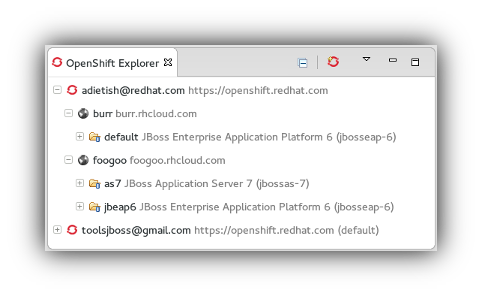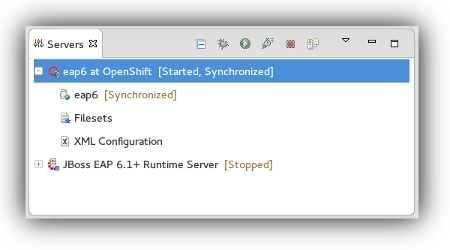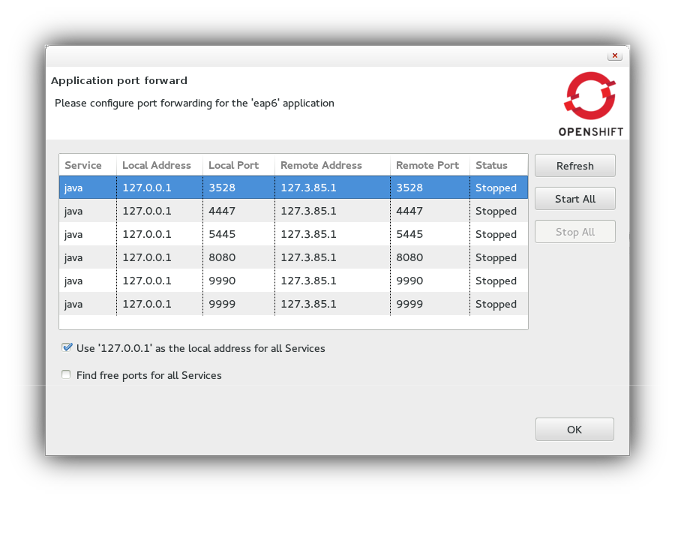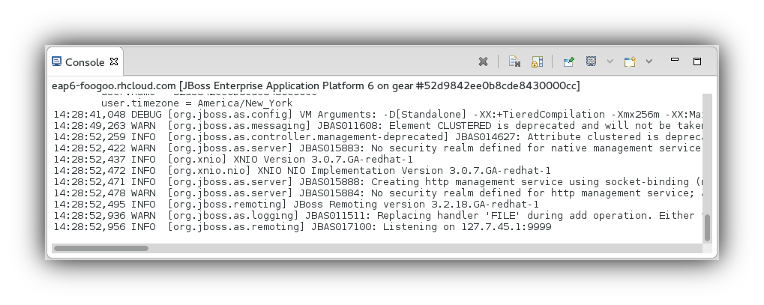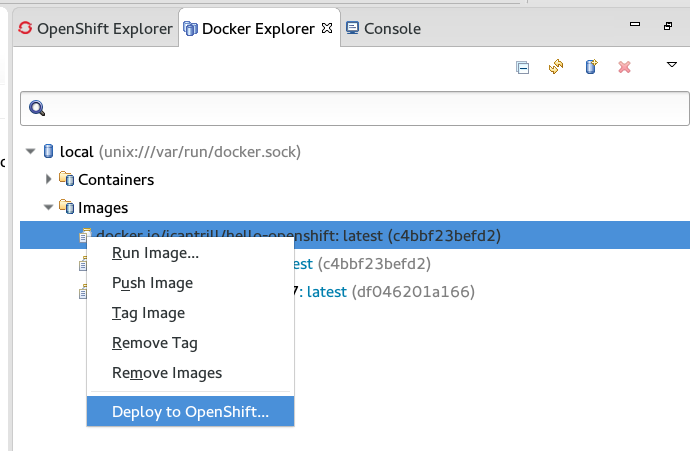OpenShift
Discover the new OpenShift
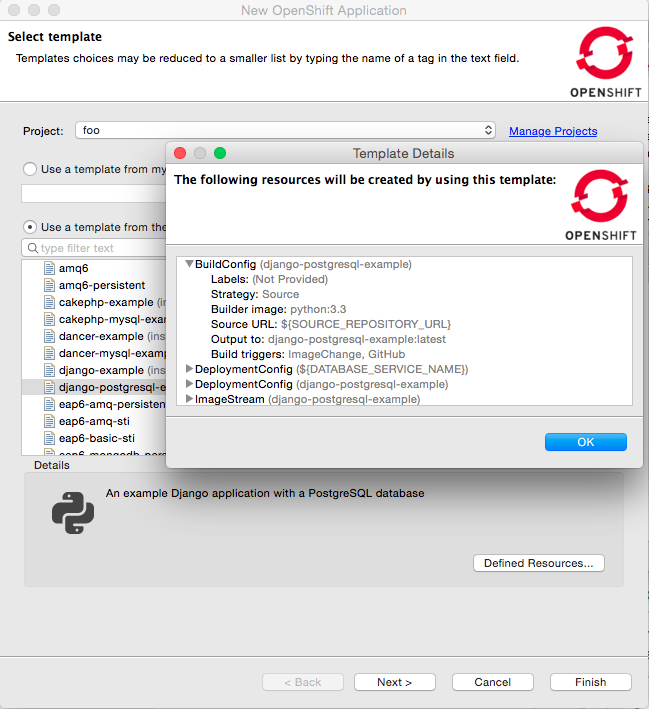
JBoss Tools presents the OpenShift tooling for Eclipse. Installable from JBoss Central, it will allow you to connect to OpenShift servers using OAuth or Basic authentication, manage your OpenShift Projects, deploy new applications in the Cloud, using pre-defined (or your own) templates, or even Docker images. You will be able to import existing applications in your workspace, monitor them via remote log streaming directly into your local console, or enable Port-Forwarding and access their data as if it was local.
Webhook build triggers
Push to build!
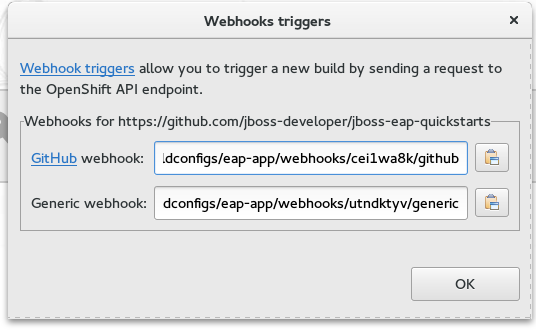
OpenShift is capable of accessing remote Git repositories. You can easily install Webhook build triggers to your GitHub or your company’s Git repository, as long as OpenShift can access it. Redeploying your application is as simple as pushing your changes to your canonical Git repository, a new build will automatically be triggered.
CDK integration
Start/stop CDK from the IDE
A new server adapter has been added to support the next generation of CDK 3. While the server adapter itself has limited functionality, it is able to start and stop the CDK virtual machine via its minishift binary. Simply hit Ctrl+3 (Cmd+3 on OSX) and type CDK, that will bring up a command to setup and/or launch the CDK server adapter.

